Story of Antarctic research vessel Soya (宗谷)
Category: Tourism
The Soya, a Japanese icebreaker, is now a museum ship at the Museum of Maritime Science in Tokyo, with free admission (donations welcome) and open from 10:00 to 17:00.
Built as the Volochaevets for the Soviet Union in 1936 but never delivered due to strained relations, it was renamed Chiryō Maru. Requisitioned by the Imperial Japanese Navy in 1939 and renamed Soya in 1940, it served as an auxiliary ammunition supply and survey vessel throughout World War II.
After the war, it became a repatriation vessel before being refitted in 1950 as Japan’s first Antarctic research ship, contributing to the establishment of Showa Station and the famous rescue of the dogs Taro and Jiro.
Later, it served as an ice-breaking rescue ship for Japan’s Maritime Safety Agency until 1978. Since 1979, it has been a museum ship, offering a glimpse into Japan’s maritime history and Antarctic exploration.
Highlights
The ship’s interior remains largely in its original condition from its time as an Antarctic exploration vessel, allowing visitors to see the equipment and modifications used during that era.
The Soya is often called the “Miracle Ship” due to its diverse and significant roles throughout its career, making it an important piece of Japanese maritime and scientific history.
宗谷は、日本の砕氷船で、現在は東京の船の科学館で博物館船として展示されています。入場は無料(寄付歓迎)で、開館時間は10:00から17:00までです。
1936年にソ連向けにヴォロチャエヴェツとして建造されましたが、日ソ関係の悪化により引き渡されず、千領丸と改名されました。1939年に日本海軍に徴用され、1940年に宗谷と改名されて、第二次世界大戦中は補助弾薬補給船および測量船として活躍しました。
戦後は引揚船として使用された後、1950年に日本初の南極観測船として改装され、昭和基地の設立や有名な犬のタロとジロの救出に貢献しました。
その後、1978年まで海上保安庁の砕氷救助船として活躍しました。1979年からは博物館船となり、日本の海事史と南極探検の歴史を垣間見ることができます。
船内は南極探検船時代の状態がほぼ保たれており、当時使用された設備や改造の様子を見学できます。
宗谷は多様で重要な役割を果たしてきたことから「奇跡の船」とも呼ばれ、日本の海事史および科学史において重要な存在となっています。
Access from Kudan.
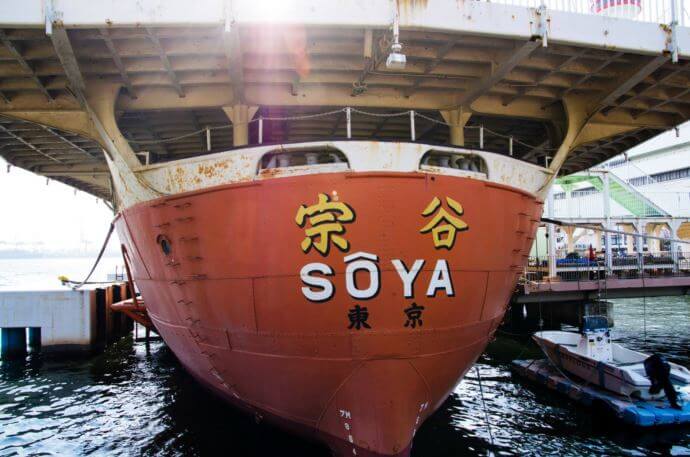
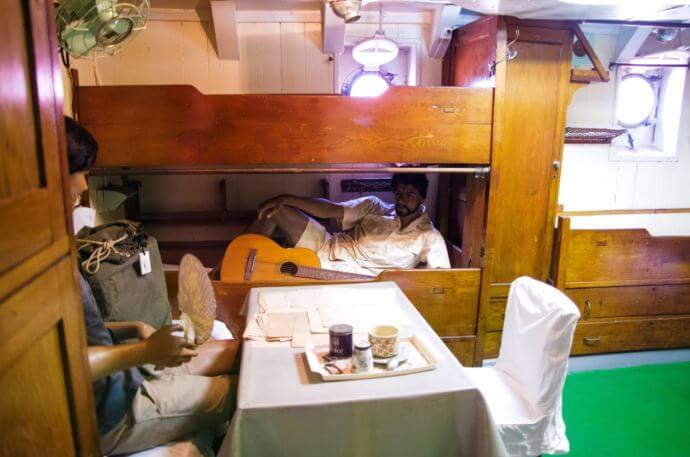
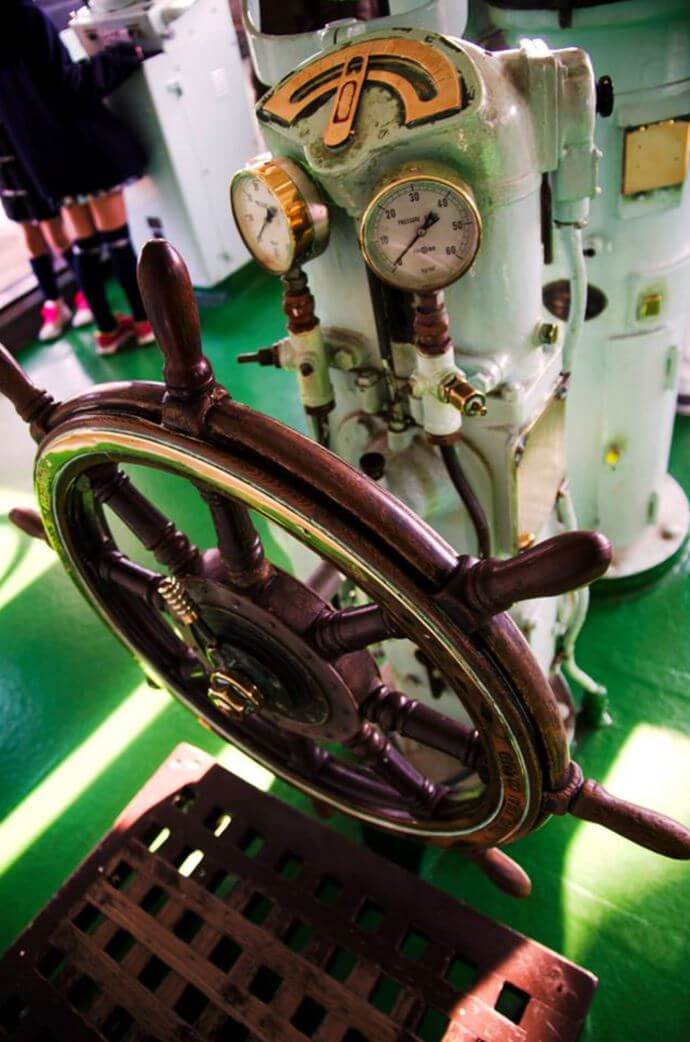
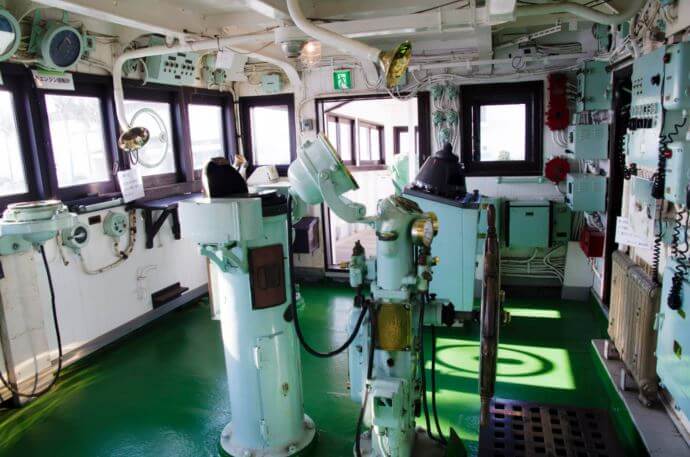
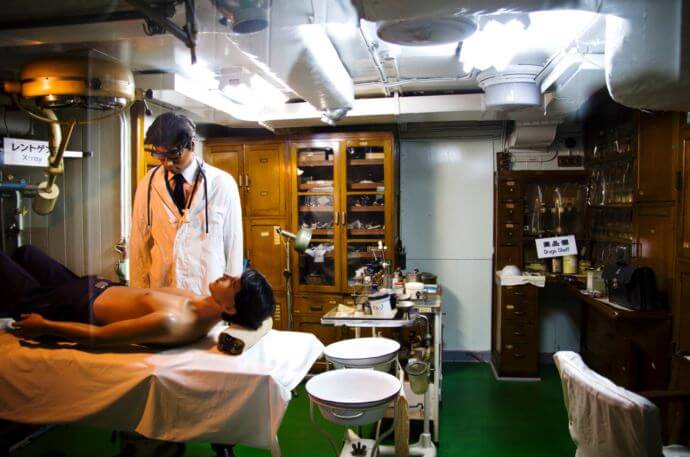
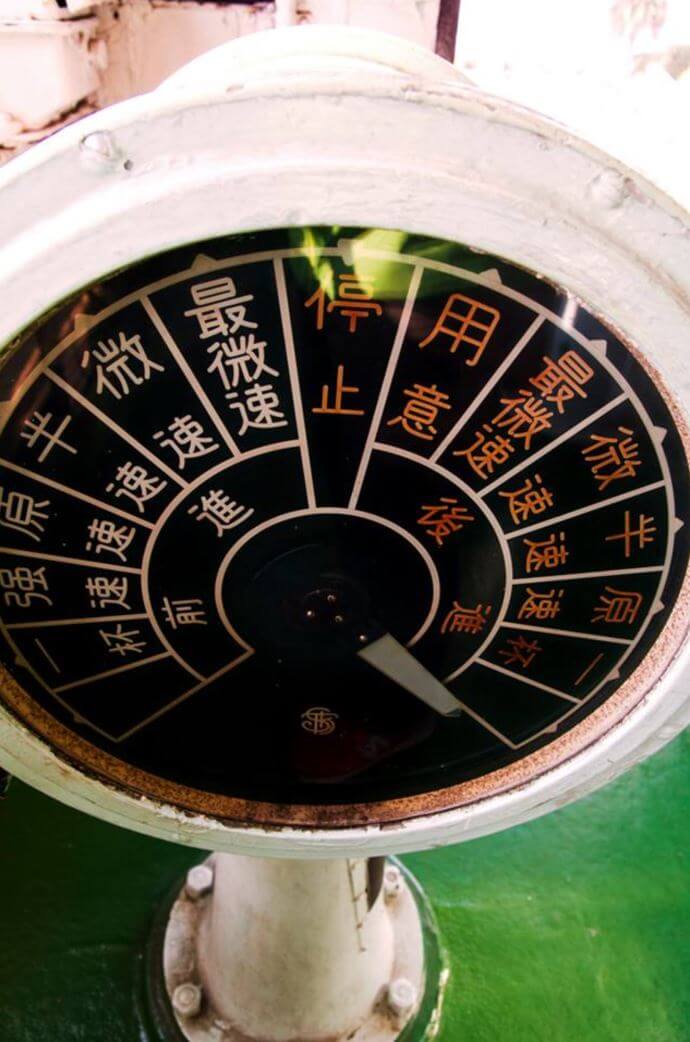
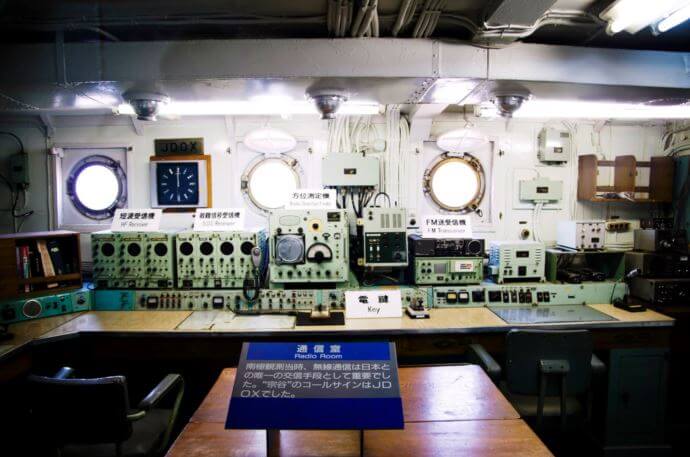
More from my site
- Currently accepting Student Visa applications for July 2025.
- Student visa| Kudan Japanese Institute Tokyo
- 即日起接受2025年07月留學簽證申請。
- 留學簽證手續| 日本語學校、到東京留學的話、九段日本語學院就對了
2014年3月17日 月曜日 9:54 AM Category: Tourism.

















